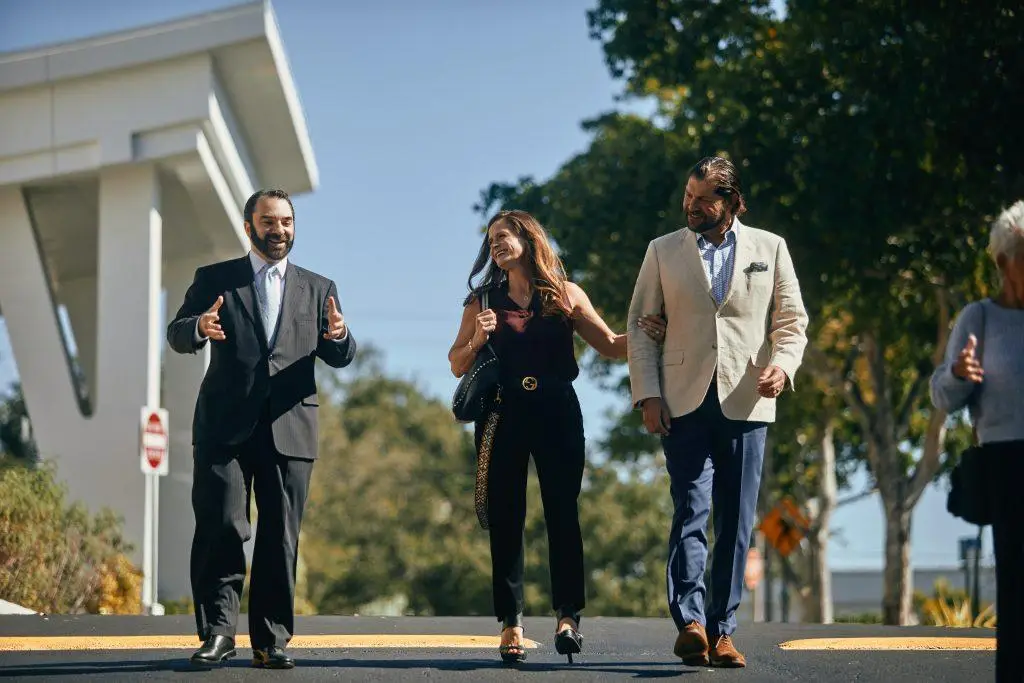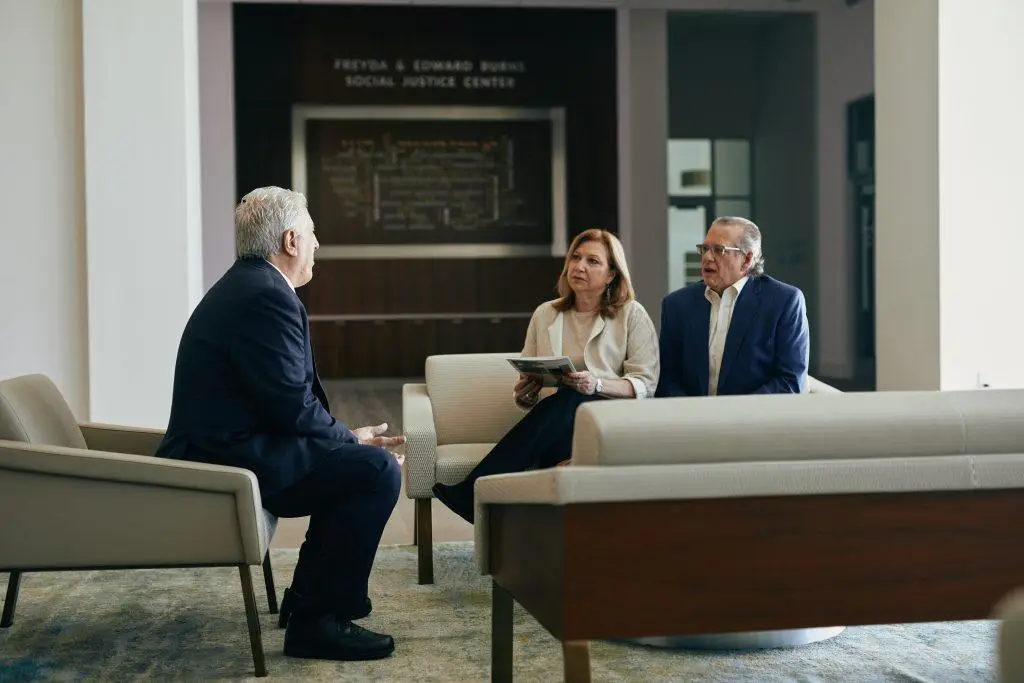
As we all look forward to celebrating Thanksgiving and making new family memories, this season of gratitude is likely filled with recollections of happy times spent with those who are no longer with us. During the first year after a loss and sometimes even longer, celebrating a holiday can be both difficult and bittersweet.
In Judaism we also have certain customs, traditions and rituals that help the bereaved navigate through the grieving and healing process after the funeral service and initial mourning period. We are going to detail The Custom of Jewish Unveiling, unveiling ceremony as one of the pivotal ones that can offer closure and peace.
Here at the Beth El Mausoleum in Boca Raton, year-round, we help families arrange for an unveiling (hakamat ha-matzeivah in Hebrew). It is a custom that is part of the mourning process, allowing us to honor the memory of a recently passed deceased loved one through this special ceremony. As we are grateful for the time we have had together, it enables the mourners to once again gather together to show their love and respect for the deceased. For anyone who was unable to attend the funeral or Shiva, this ceremony provides another chance to pay your respects to the deceased and express condolences to the family.
The Custom of Jewish Unveiling: From Biblical Times to Today
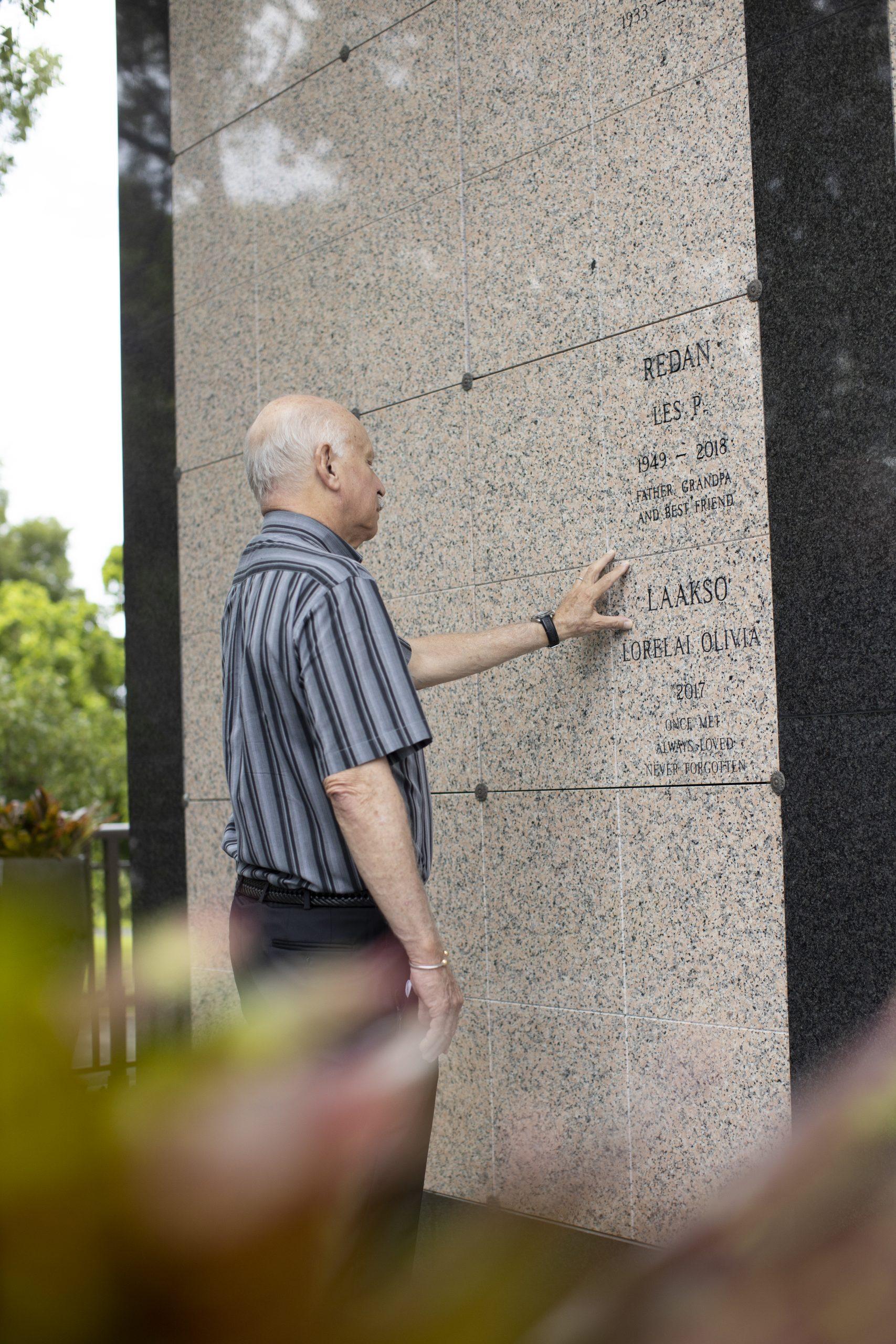
According to multiple sources, “It is said that the unveiling dedication has its origins in the Biblical story of the patriarch Jacob, who erected a memorial pillar for his wife Rachel following her death. The purpose of dedicating a headstone is to mark the final resting place of a loved one to honor his or her life and to serve as a focal point for people’s memories.”
The custom of erecting and literally unveiling a monument, usually eleven to twelve months after one is laid to rest and marking the end of the formal mourning period, has been done for thousands of years. The unveiling as we know it today is a somewhat modern ritual.
Prior to the early 20th century, most Jews lived in small, tight-knit communities (shtetls) where people were able to regularly visit their deceased loved-ones in the local cemetery. This became more difficult once people emigrated to countries like the United States. Advancements in transportation and technology, allowed people to move far away from “home.” The Rabbis were concerned that after people gathered for a funeral, they would be less likely to travel the distance to return to the cemetery in the year(s) ahead. As a result, there became a greater need for this beautiful and meaningful ceremony which honors the memory of our loved ones.
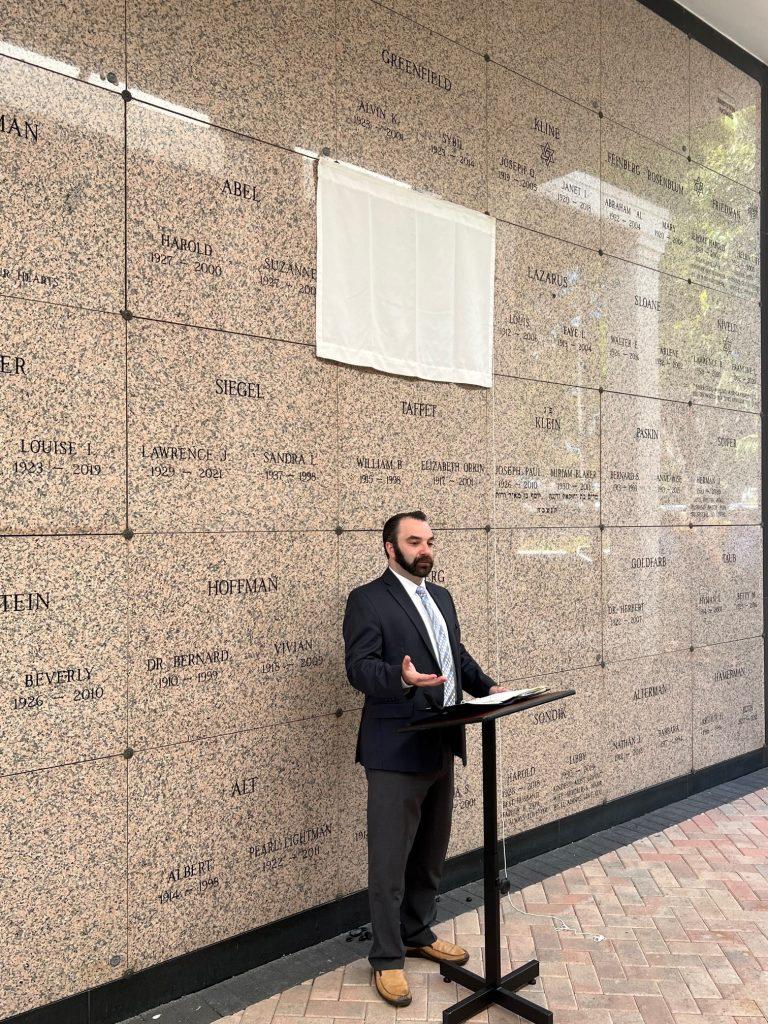
The Significance of the Unveiling Cloth
Delving further into the history of the unveiling cloth, centuries ago, the family itself erected a monument to their departed loved ones. It may have been made from a simple mound of stones to an elaborately carved tombstone or structure. Today, whether at a cemetery where there is a grave marker, monument, or at a mausoleum, it is customary to “unveil” the site in the presence of the family as if they were erecting it anew. The cloth itself has no religious significance, and can be discarded following the ceremony.
Steps to Planning The Custom of Jewish Unveiling
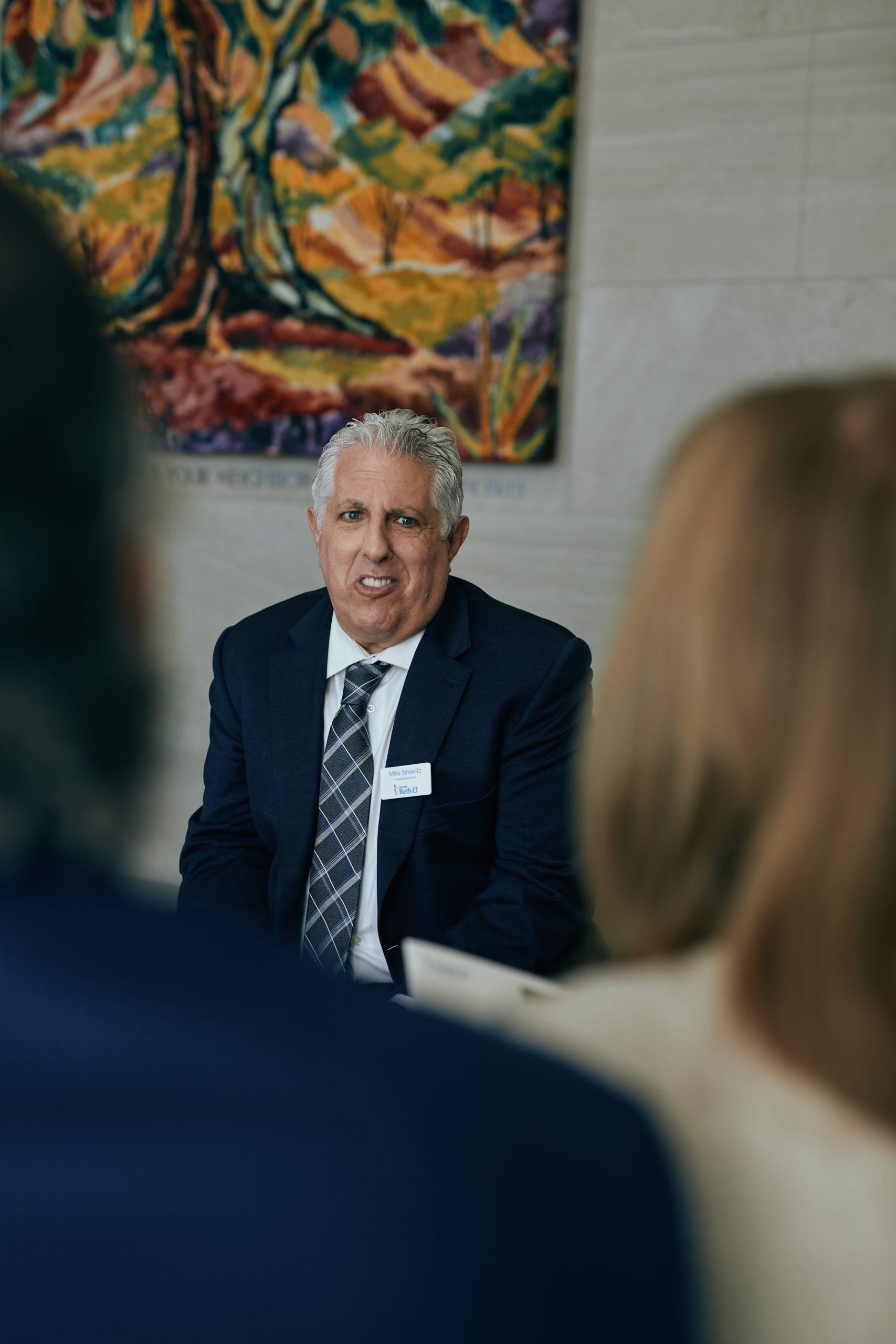
Since unveilings are solemn occasions, in addition to Shabbat, there are certain times of year that they are not permitted, as they would coincide with Jewish holidays and certain other dates on the Jewish calendar. Mike says, “Traditionally, the unveiling is done between eleven and twelve months after the person passed away, however it can be at any time. In fact, we have done unveilings even after three years….we accommodate whatever is best for the family.”
No matter where your loved one is laid to rest, it is always advisable to consult with your clergy to ensure that an appropriate date is chosen for this important service.
What to Expect During an Unveiling
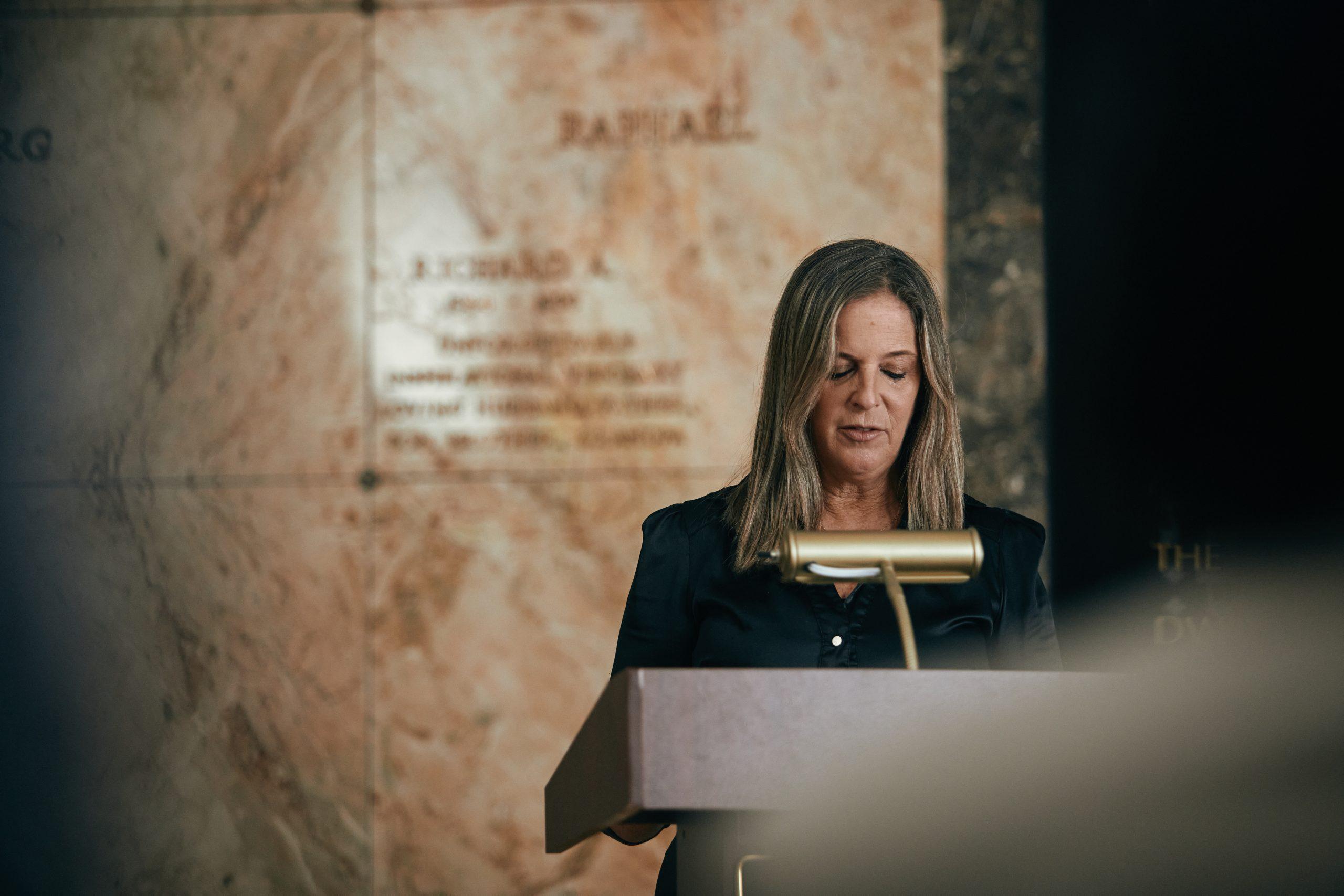
“The service itself consists of readings from the book of Psalms, along with the El Maleh Rahamim prayer and the Mourner’s Kaddish, which generally requires a minyan (a quorum of ten people), ” according to Rabbi Greg Weisman of Temple Beth El of Boca Raton. As for a brief eulogy, at this point, it may be possible to speak of our loved one in a different manner than during the painful time of the funeral. We might wish to express what we miss most about them, recall special cherished moments together or a brief amusing story. If we want anyone else in attendance to share a few short heartfelt words about the deceased, we can ask them in advance to prepare something to say.
As in every time we visit a grave, it is appropriate to place a stone of remembrance, and the Beth El Mausoleum will have stones available on site for your convenience.
In order for those in attendance to have an additional chance to spend time together, connect and remember the departed; some families choose to have an informal meal together afterward. It can be at a restaurant or at someone’s home, but is not required.”
We are Here for You
During this season of gratitude and all year long, for anyone who is mourning the recent loss of a loved one, as you plan The Custom of Jewish Unveiling, you can count on everyone at the Beth El Mausoleum and Temple Beth El of Boca Raton, to help you every step of the way. Simply reach out to Mausoleum Director, Mike Sirowitz or the Temple Beth El Clergy for our full support to you always.
It is our fervent wish that you are blessed with many happy occasions ahead with your family and friends, are thankful for the memories and cherish every moment.
Happy Thanksgiving from everyone at the Beth El Mausoleum and Temple Beth El.
Sources:
shiva.com
myjewishlearning.com
sinaimemorials.frontrunnerpro.com
orhadash.com

